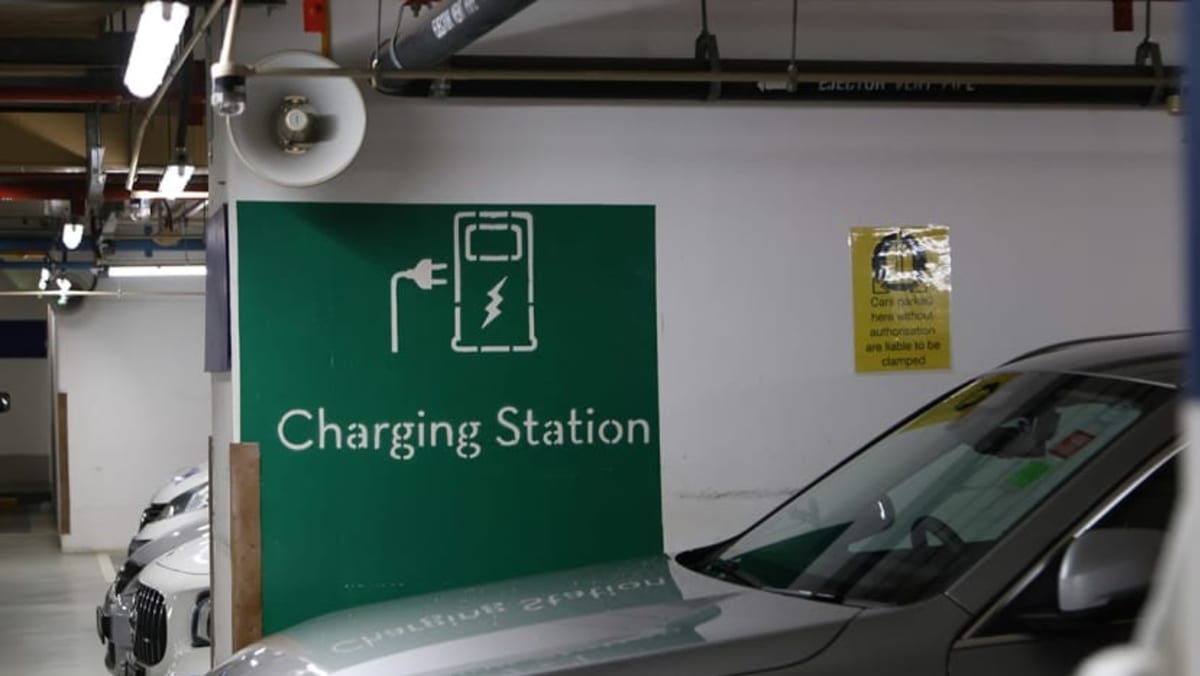WERE CUT-AND-FILL, COE INJECTIONS EFFECTIVE?
Analysts say that measures such as the cut-and-fill strategy and the injection of up to 20,000 COEs were aimed more at stabilising prices than reducing them.
The cut-and-fill strategy ensures COE quota supply can be brought forward from peak years to fill the current supply troughs while maintaining a zero-vehicle growth policy.
This helps to ensure that there are no large fluctuations in COE prices, said Associate Professor Raymond Ong from the National University of Singapore.
“If let’s say (the government) doesn’t do cut and fill, what happens as in past few cycles, or even in this year’s cycle, we will see a much reduced supply for COEs, which means there is an uncontrolled variation that is very likely to happen in the COE prices,” said Assoc Prof Ong, who is the associate head of research at NUS’ Department of Civil and Environmental Engineering.
“It’s this uncontrolled variation that we don’t want to see,” he added.
He noted that though COE premiums inched higher, they have remained relatively stable over the past months.
Since the start of the year, Category A premiums have been between S$85,000 and S$104,524, while Category B premiums between S$109,598 and S$124,400.
Agreeing, Assoc Prof Theseira said that the cut-and-fill method was designed to address the fundamental imbalances between COE supply across years where “buyers in some years pay tens of thousands, maybe even a hundred thousand, more than buyers in other years”.
As for the injection of 20,000 COEs, Assistant Professor Lee Kwok Hao said that the additional supply would have put premiums “on a lower trajectory than without them”.
However, the impact on lowering premiums is limited, as the 20,000 COEs only make up a small 2 per cent proportion of the vehicle population, said Dr Lee, who is from the Department of Strategy and Policy at the NUS Business School.
“Introduced over several years, I expect their impact on prices to be small relative to the secular impact of continued strong demand,” he said.
Former Transport Minister Chee Hong Tat said last year that more of such injections can be considered if distance based charging under the ERP 2.0 system is implemented.

